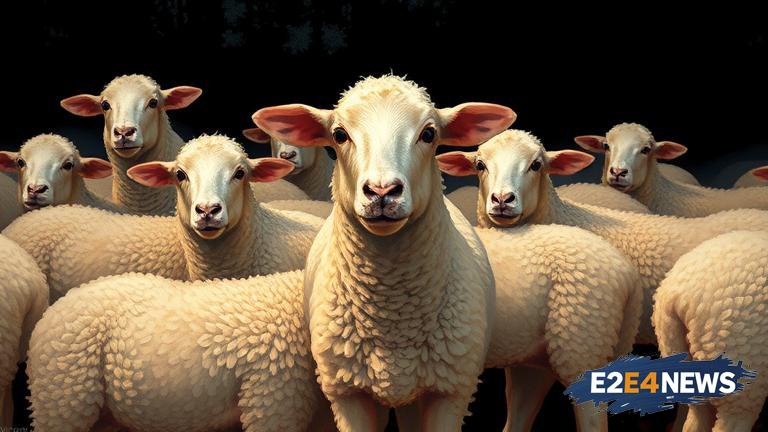The Australian lamb market has witnessed a significant surge in prices, with Western Australia being at the forefront of this trend. The current market optimism has led to a substantial increase in lamb prices, making it an opportune time for farmers and producers to capitalize on the situation. The wool market has also experienced a notable uplift, driven by strong demand from major textile manufacturers. This increase in demand has resulted in higher prices for wool, benefiting farmers and producers who have been struggling to stay afloat in recent years. The Western Australian lamb market has been particularly buoyant, with prices soaring to unprecedented levels. This surge in prices can be attributed to a combination of factors, including a decline in lamb production, increased demand from overseas markets, and a strong Australian dollar. The demand for high-quality lamb has been on the rise, driven by the growing popularity of premium and gourmet food products. As a result, farmers and producers are now able to command higher prices for their products, providing a much-needed boost to the agricultural sector. The wool market has also been performing well, with prices increasing significantly over the past few months. This uptick in prices can be attributed to the growing demand for natural and sustainable fibers, as well as the increasing popularity of wool-based clothing and textiles. The Australian wool industry has been working hard to promote the benefits of wool, highlighting its unique properties and advantages over synthetic fibers. This marketing effort has paid off, with many major textile manufacturers now seeking to source high-quality wool from Australian farmers. The increase in demand for wool has also led to an increase in sheep numbers, as farmers look to capitalize on the lucrative market. However, this surge in demand has also raised concerns about the sustainability of the industry, with some experts warning that the increased pressure on land and resources could have negative environmental impacts. Despite these concerns, the current market trends suggest that the Australian lamb and wool industries are poised for significant growth and expansion. The Western Australian government has also been working to support the agricultural sector, providing funding and resources to help farmers and producers capitalize on the current market opportunities. This support has been welcomed by the industry, which has been struggling to stay afloat in recent years. The current market optimism has also led to an increase in investment in the agricultural sector, with many new players entering the market. This influx of new investment has provided a much-needed boost to the industry, enabling farmers and producers to upgrade their infrastructure and expand their operations. As the demand for high-quality lamb and wool continues to grow, it is likely that the Australian industry will experience significant expansion and growth in the coming years. The industry is also expected to become more diversified, with many farmers and producers exploring new markets and opportunities. The growth of the Australian lamb and wool industries is also expected to have a positive impact on the broader economy, creating new jobs and stimulating economic activity in rural areas. Overall, the current market trends suggest that the Australian lamb and wool industries are poised for significant growth and expansion, driven by strong demand and market optimism.
